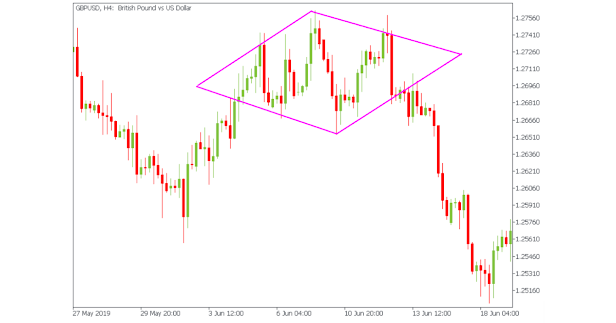How to Read Forex Charts Like a Pro: A Beginner's Guide
If you're stepping into the thrilling world of forex trading, understanding how to read forex charts is your first step towards success. These charts are your windows into the currency markets, offering invaluable insights into price movements, trends, and potential trading opportunities. So, let's dive into the basics and equip you with the essential skills to navigate these charts with confidence.
Decoding Forex Charts:
1. Choose Your Chart Type:
- Forex charts come in different types, including line charts, bar charts, and candlestick charts.
- Candlestick charts are widely used for their visual clarity and ability to convey price action effectively.
2. Understand Timeframes:
- Forex charts display price data over various timeframes, ranging from minutes to months.
- Short-term traders typically focus on lower timeframes (e.g., 5-minute or 15-minute charts), while long-term investors prefer higher timeframes (e.g., daily or weekly charts).
Essential Components:
1. Price Axis:
- Located on the right side of the chart, it displays the current price levels.
- Understanding price increments is crucial for accurate analysis and trade execution.
2. Time Axis:
- Positioned along the bottom of the chart, it represents the time period covered by the chart.
- Helps you track historical price movements and identify patterns over specific timeframes.
3. Candlestick Anatomy:
- Each candlestick represents a specific timeframe and consists of a body and wicks (also known as shadows).
- The body represents the opening and closing prices, while the wicks indicate the highest and lowest prices reached during that period.
Key Analysis Techniques:
1. Trend Identification:
- Determine the direction of the prevailing trend by analyzing consecutive highs and lows.
- Uptrends are characterized by higher highs and higher lows, while downtrends exhibit lower highs and lower lows.
2. Support and Resistance Levels:
- Identify price levels where the market tends to find support (bottom) or resistance (top).
- These levels act as barriers that influence price movements and provide potential entry and exit points.
3. Chart Patterns:
- Look for recognizable chart patterns such as head and shoulders, double tops/bottoms, and triangles.
- Chart patterns offer insights into market sentiment and potential trend reversals or continuations.
Tools and Indicators:
1. Moving Averages:
- Smooth out price fluctuations to reveal underlying trends.
- Common types include the simple moving average (SMA) and the exponential moving average (EMA).
2. Relative Strength Index (RSI):
- Measures the magnitude of recent price changes to assess overbought or oversold conditions.
- Helps identify potential reversal points in the market.
3. Bollinger Bands:
- Consist of a moving average and two standard deviations plotted above and below it.
- Used to gauge volatility and identify potential reversal zones.
Conclusion:
Mastering the art of reading forex charts is a journey that requires dedication, practice, and a willingness to learn from both successes and failures. By familiarizing yourself with chart types, understanding key components, and employing analysis techniques and tools, you'll be better equipped to interpret price movements and make informed trading decisions.
Remember, forex trading involves inherent risks, and there's no foolproof strategy for guaranteed profits. However, by honing your chart-reading skills and combining them with sound risk management practices, you can tilt the odds in your favor and embark on a rewarding trading journey. So, embrace the charts, embrace the learning process, and may your forex ventures be filled with success and prosperity.
For best trading platform click on link : Exness Trading Platform










